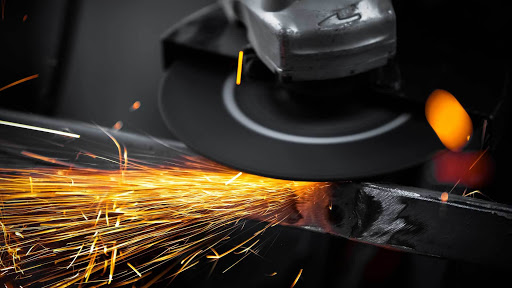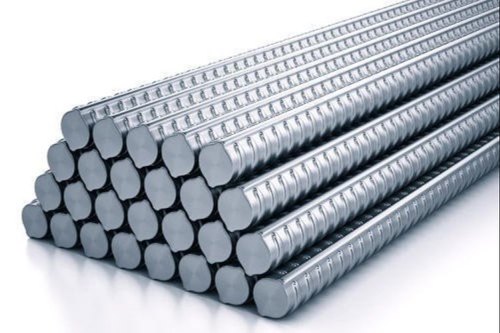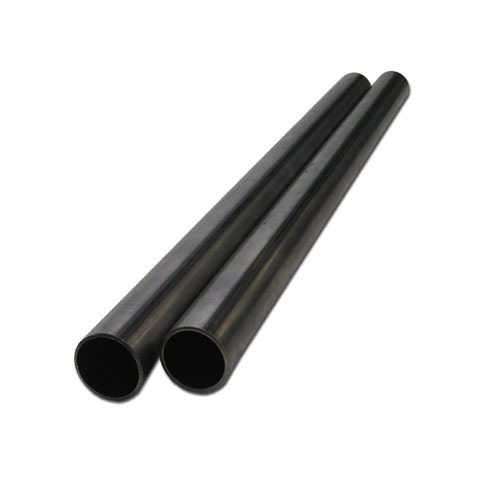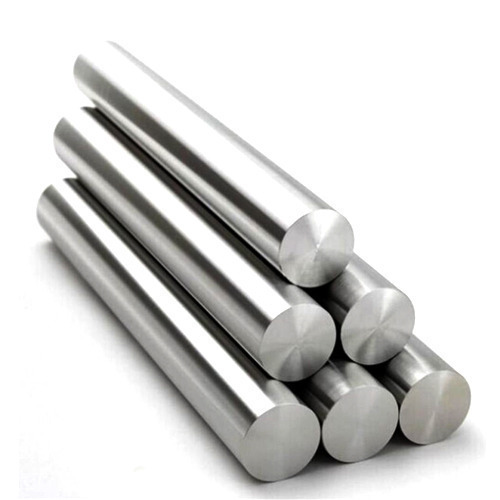Steel is generally categorized based on its carbon content. They make the steel stronger and harder and fabricate it more brittle to weld. Steel Dealers in Chennai use various testing methods to accurately measure the carbon content in Steel.
Common Metal Identification Methods:
Visual Spark Analysis:
Visual spark analysis is one of the ancient techniques that allows for steel testing in the field and minimizes the amount of time needed to get the desired results. This method requires a section of steel to be rubbed with a high-speed grinding wheel. As the spinning corrosive wheel is applied to the steel, the sparks that are discharged are compared to other known samples or either a chart. The presence of the sparks specifies the classification of steel. This test has to be done in a darker setting to better notice the sparks. However, this method does not need any quantitative analysis.
XRF Alloy Grade Identification:
This kind of analysis does not need any demolition of the sample to identify its grade type of alloys. The XRF uses X-ray diffraction analysis to end the Positive Material Identification or PMI instead of an electric discharge. You can do this method with a microscopic device and it takes only a few seconds to complete. These tests have become popular as they can be done anywhere. This technique can find out the steel grade even of the MS chequered plate based on a random analysis.
Arc Sorting:
Arc sorting is one of the rapid methods of examining metal for content. This method analyzes the sample in air using a spectrometer with an electric discharge and compares the illumination intensity of the sample with the reference one. This sorting of steel does not require argon throughout the process.
Spark Optical Emission Spectroscopy (OES) Analysis:
This type of analysis utilizes argon as a protecting gas around the spark thereby permitting for carbon analysis. This technique while being more exact than Arc sorting or XRF is also gradual as the sample requires to be prepared with a standing belt or disc and the analysis can take many seconds. However, this is the only method that offers an exact quantitative carbon reading.
So, you need appropriate training to measure the carbon content present even in SAIL TMT Bar with several pieces of equipment. Thus, understanding the cons and pros of all the above techniques will help you make the right decision when it comes to gauging the carbon content in steel.







